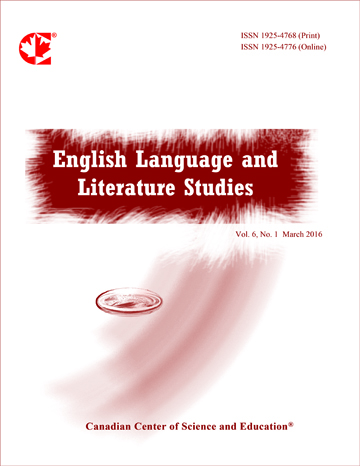Palimpsestic Images of Landscape, Gender, and Ethnicity in Toni Morrison’s A Mercy
Abstract
This study explores Morrison’s A Mercy as a palimpsest, both in terms of its adoption of multiple narrators and in the way, landscape is layered with vestiges of history, myths, and most importantly, with traces of black women creativity. Reading landscape in Morrison’s novel as a multi-textured palimpsest entails an assessment of the interplay of ethnicity and gender in the novel. This study finds in Alice Walker’s employment of the symbolic connotations of the “garden” to depict the creativity of black women discussed in her book In Search of Our Mother’s Garden (1984) a theoretical framework for interpreting Florens’s creativity in reading the land and the development of her identity in relation to the natural realm. This study also explores the palimpsestic aspects in Morrison’s text both synchronically and diachronically. The diachronic aspect examines the way Morrison’s A Mercy delves into history towards earlier representations of the American landscape and shows how her text reads and overwrites others. As a model of intertextuality, the palimpsest enables Morrison to overwrite the writings of American Transcendental figures such as Emerson and Thoreau, who have gained precedence in writing and visualizing the American landscape. Conversely, the synchronic angle addresses the implications of Morrison’s adoption of multiple voices, which are laid over each other and either rival or endorse each other in the form of a palimpsest. Reading each experience as a separate layer reveals other minor embedded layers that surface through Morrison’s stylistic language and evocation of smells and colours.
 PDF
PDF
